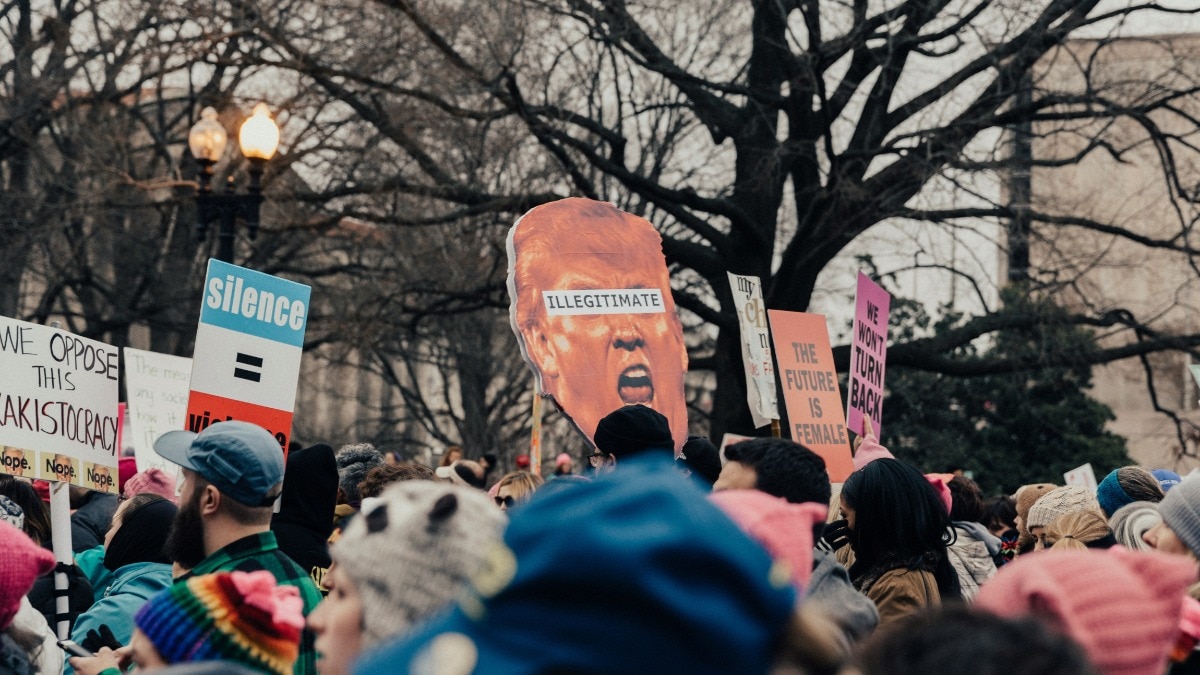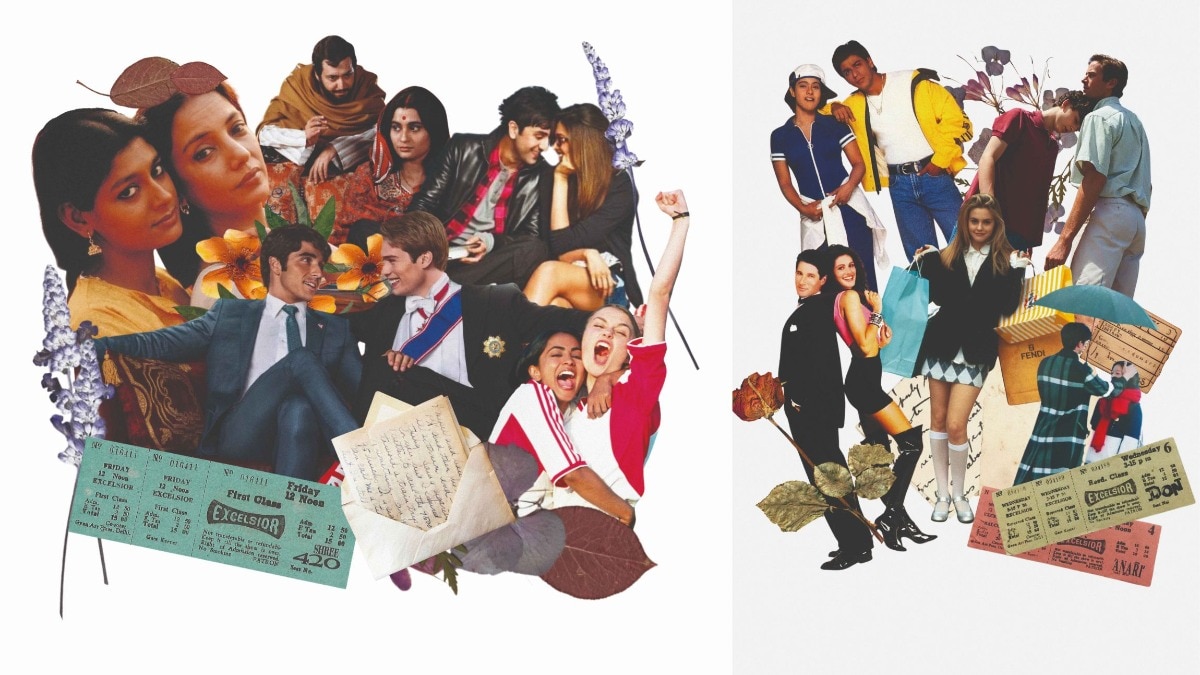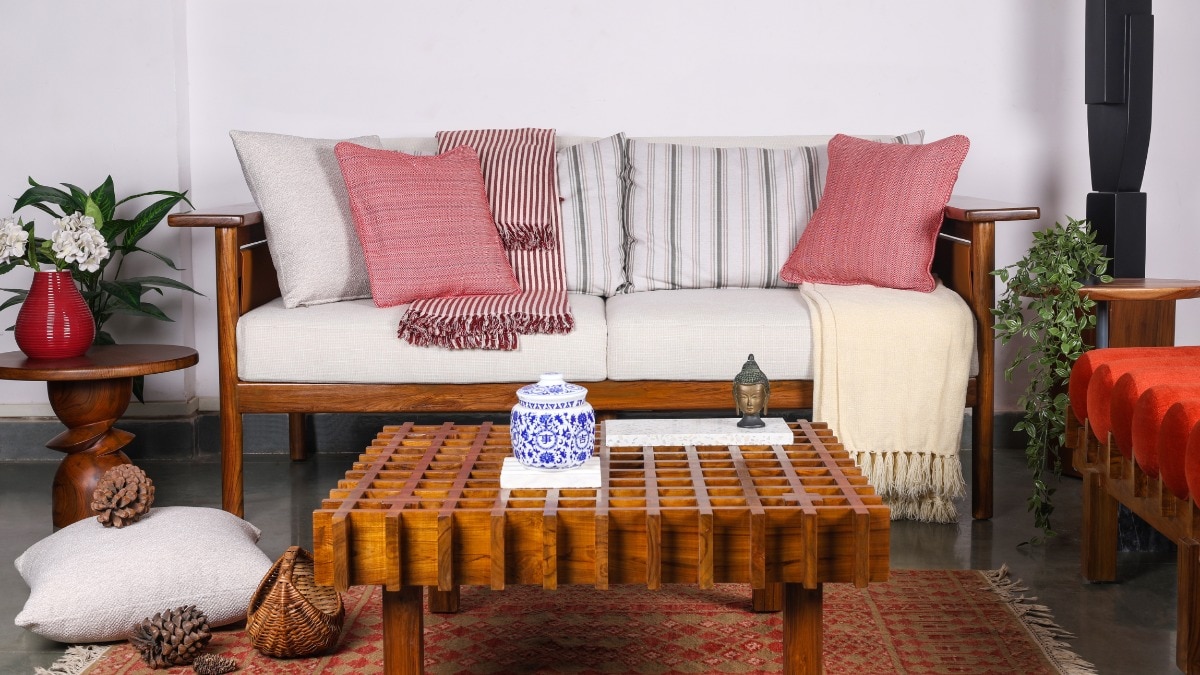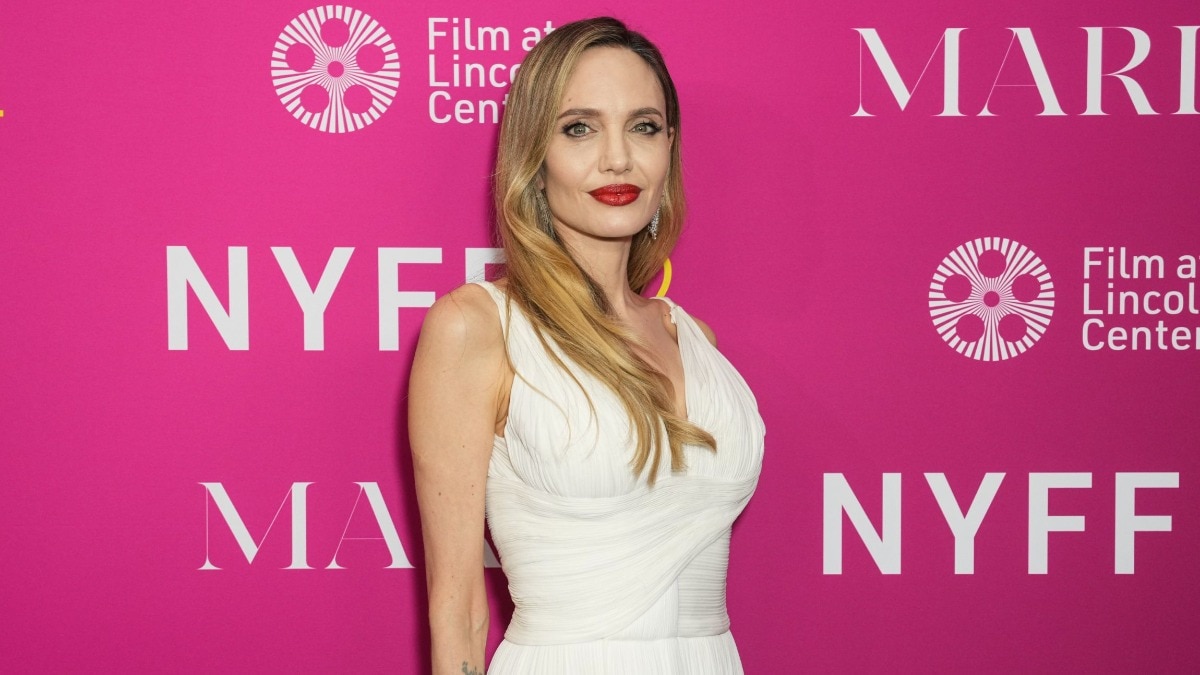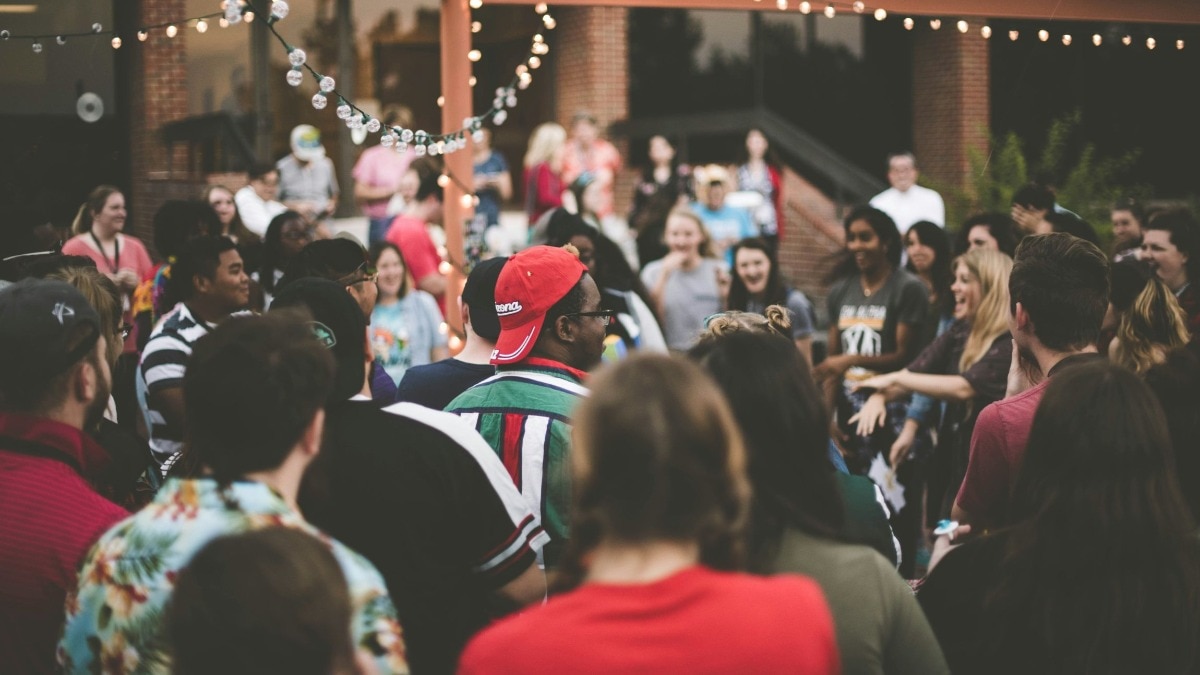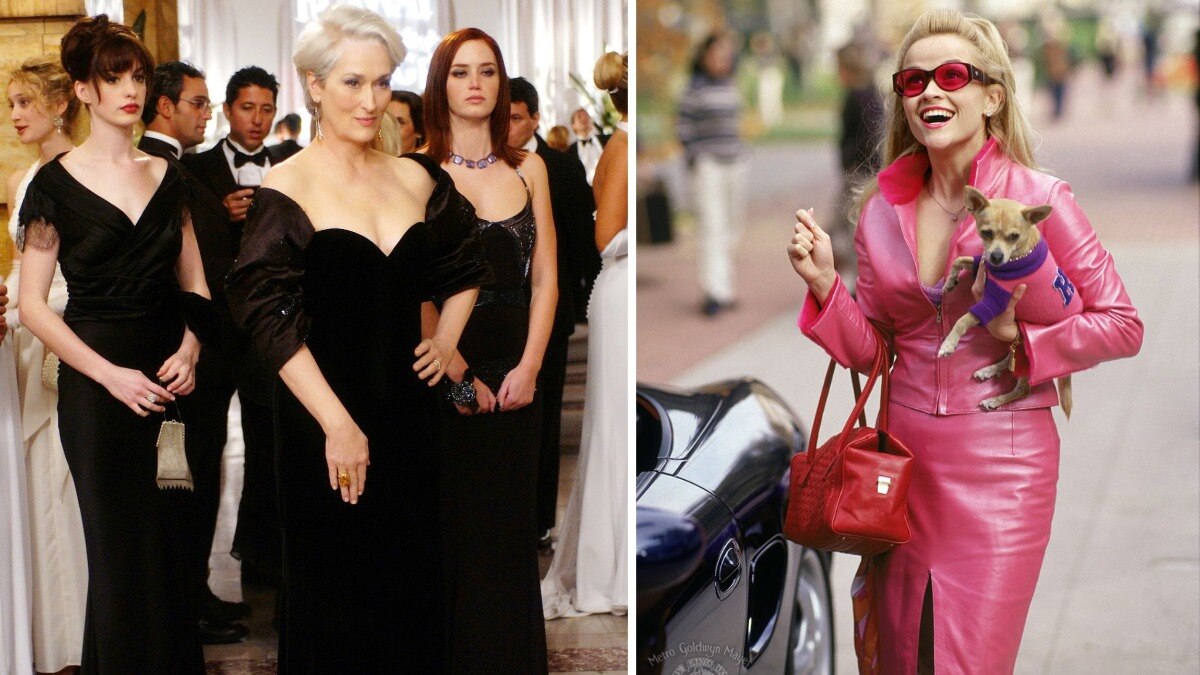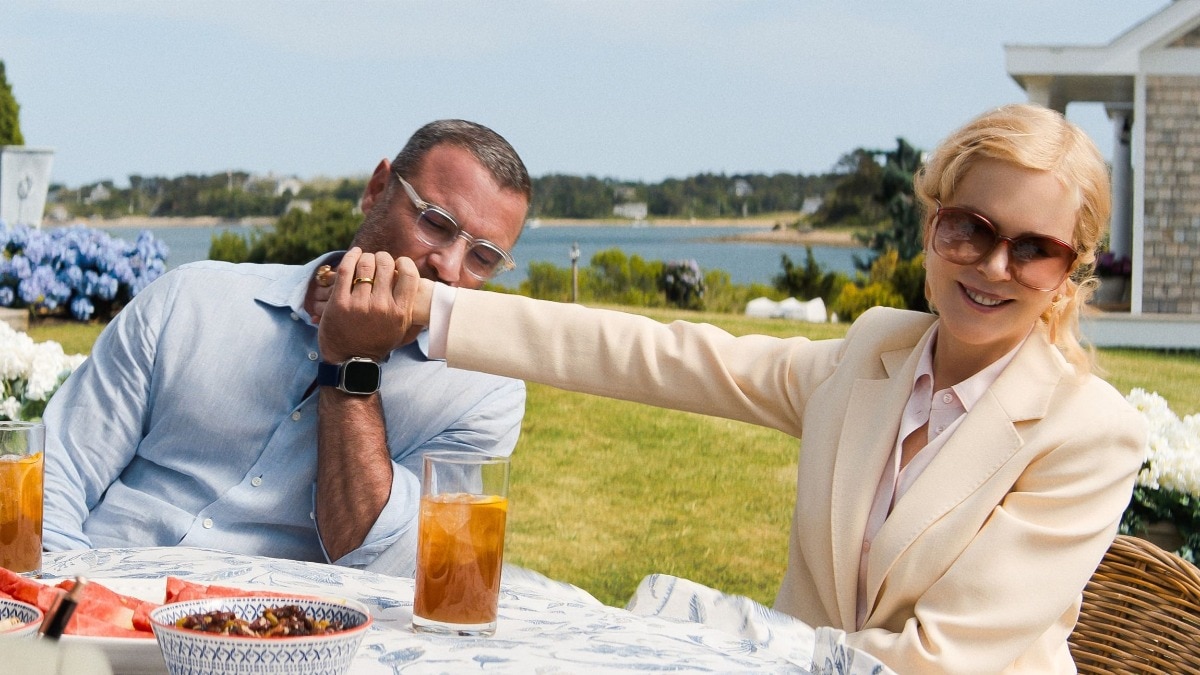Who said traditional art is not worth the investment?
A wide selection of traditional Indian art at the India Art Fair 2023 shows otherwise.

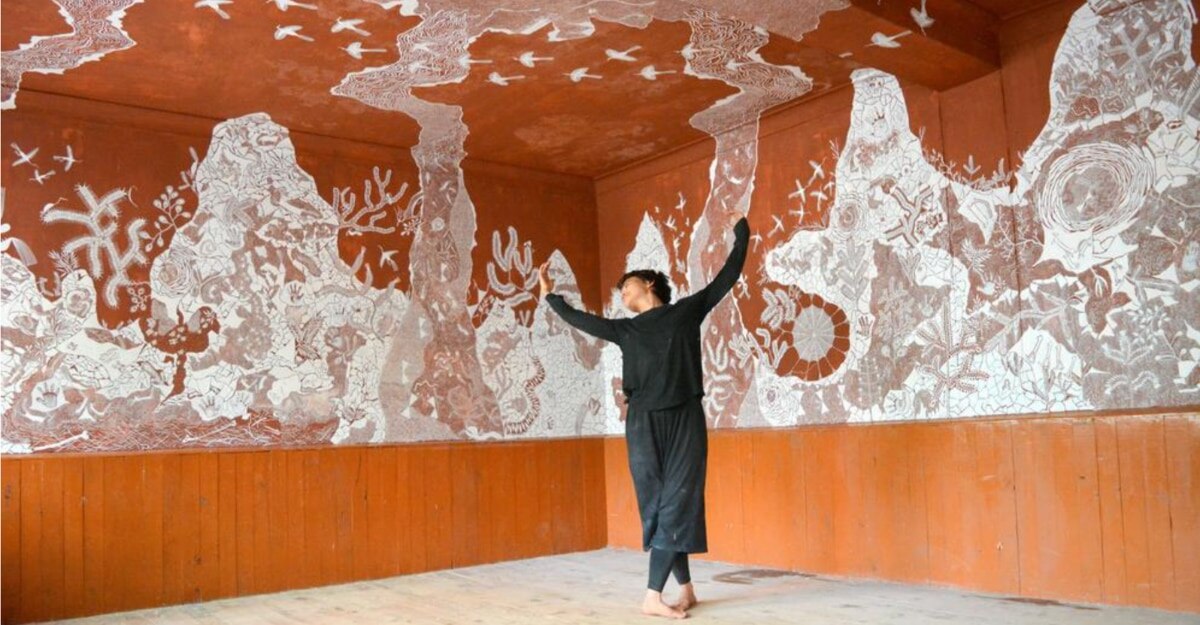
Whether it’s the Kalamkari painting of Andhra Pradesh, the Warli work from Maharashtra, Bhil art from Madhya Pradesh, Pichvai from Rajasthan, or West Bengal’s Kalighat, to name a few—India can be traced through the traditional art across regions; each distinct in its own style, technique, and stories, but coming together to tell the story of community and traditions that make the nation.
For a long while these traditional art forms have been relegated to the back burners of the Indian art community, segregated as traditional and therefore valued so, but this year, at the India Art Fair, they shared stage with the others, fueled by contemporary artists who are carrying forward their folk traditions, paying homage to history while telling new stories of today and tomorrow.

Starting with Bhuri Bai, from the Bhil tribe in Pitol, Madhya Pradesh, who became the first woman in her community to take up painting against all convention. It began with her working as a construction worker and painting the walls in homes with colourful plants, humans and animals, and has now crossed over to acrylic on canvas (again a first), to paint using the traditional techniques of Bhil art with bright colours and dotted patterns. Bai’s art speaks of a beautiful amalgamation of traditional techniques with new aesthetics—like in her painting Story of the Jungle, in which a whale transforms into an aeroplane.

Speaking of the juxtaposition of traditional techniques and modern voices, we cannot miss the mention of Sangita Jogi, Avinash Karn, and Kalam Patua. Jogi, who practises the ‘Jogi’ art form passed down to her through three generations of her family in rural Rajasthan, has gone beyond the intricate dots and dashes of black and white on paper and tales of figures in landscapes to include stories of not only the real world but also new lives of the women in her community and spilled them with colour and movement.

Avinash Karn is perhaps one of the most exciting names in Madhubani painting today, and having also been born into a family of traditional artists in Ranti, Bihar, the artist draws on both traditional Madhubani motifs and contemporary pop-cultural imagery. An example of this seamless marriage is his piece Delhi Behrupiya Sahar that combines the classic Madhubani trees and birds with renderings of urban advertisement hoardings and tourist-filled monuments, a peek into our social reality.

Kalam Patua is credited to have breathed new life to the popular “bazaar” art from Kolkata. Born into a family of Pattachitra scroll-makers from the Rampurhat district of West Bengal, practitioners of the ancient narrative painting tradition from East India from which Kalighat painting eventually evolved in colonial Calcutta—Patua’s work melds Hindu religious mythology and the images of the modern urban elite, critiquing both with innocent humour.
Then there are those who have carried on the legacy of the traditional art forms to the ‘T’. Like Ajit Kumar Das, known as the “alchemist of natural dyes”, who has been practising and developing the centuries-old Kalamkari technique of dyeing and printing for more than 50 years, and has developed a visual language that evokes a purity and elegance of colour and form.

KM Singh belongs to a long line of Pichvai artists from Nathdwara, Rajasthan, making devotional and intricate textile paintings that pay homage to lord Krishna as a young child. And Singh’s art, too, draws on this subject, adorned with jewels, flowers and garlands, and surrounded by a rich cast of religious figures and icons, with a rare mastery of colour and composition.
Popularly known as Vayeda Brothers, born in the Warli village of Ganjad, in rural Maharashtra, Mayur and Tushar Vayeda grew up around Warli stories and work to bring back and stay true to the history of the Warli art form in the way of folktales, myths, and tales of urbanisation and natural destruction.

There are many more names in the forefront of this movement that aims to bring traditional art to the buying class—whether it is through a rooted rendition of the techniques and motifs of the art forms, or a unique amalgamation of traditional techniques with modern tales—but what was most interesting was to see them all be part of the larger conversation of contemporary art and business at IAF 2023. Here’s hoping we see more of it in the coming years.
Feature & Square Image: Vadeya Brothers


